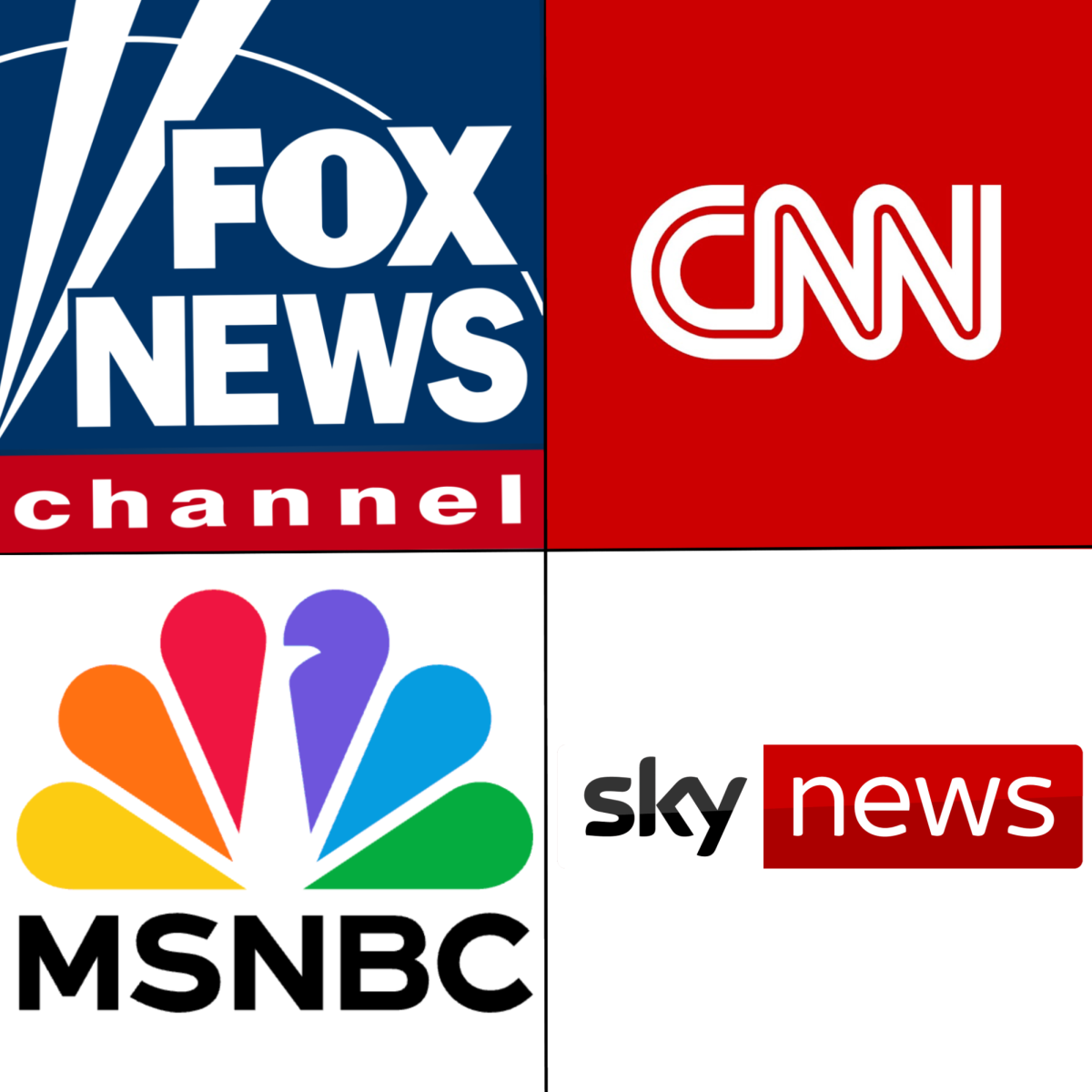Whether you’re actively searching for it or not, the pervasiveness of modern news will find its way of reaching you one way or another. It’ll pop up as you scroll Instagram, it’ll bother you while you’re switching the channel, and it’s on in the background when you’re scrambling to leave for school the next morning. Junior Marko Vrhovac can’t help but notice the significant impact background news can have on him.
“I would say that I watch the news quite often. It’s definitely on our living room TV all the time because my parents are very into watching what’s happening around us; they care a lot about what’s going on. So I definitely say I see it. I don’t know how much I actively view it. I’m not searching for political views or stuff like that. But I definitely would say it’s very much in my circle of influence,” Vrhovac said.
This circle of influence can result in people establishing perspectives and opinions on subjects that they may never have the time to fully research and come to their own conclusions. The convenience and simplicity of receiving important news and information in this manner can encourage people to interpret complex issues at face value. Junior Luke Paulus comments on whether he is more likely to believe the news shared by peers or by professional outlets.
“I would say I’m more likely to believe comments from news sources, because people are inherently biased and generally aren’t very good at giving a bipartisan view of things. So I think the best way to become informed on important subjects is to take a variety of perspectives into account. And you can’t necessarily do that when you’re in conversation with one person. Because you don’t necessarily know how accurate that information is going to be,” Paulus said.
Junior Auri Arendt-Fambrough explains the contrast between the information she is likely to hear from different people in her circle of influence.
“It kind of depends who I hear it from. Just because I know that the members of my families all get their information from different sources. So I will get conflicting views and I don’t know what exactly to believe,” Arendt-Fambrough said.
News sources and trustworthiness aren’t placed within the same sentence too often. The overall trust toward the media and the information it puts into circulation has been called into question in recent years, with the distinction between opinion and informative pieces growing harder to detect year over year.
“I think there should be specific channels or segments for opinion news. And then there should be channels for non-biased media, but admittedly, there’s always going to be some bias. For example, CNN has a more left-leaning commentary and like Fox News has more right wing, so it’ll always be somewhat biased,” junior Shubham Sonavane said.
With the information industry consumed by the algorithms of social media platforms it has become apparent that entertainment has become a priority for many news stations. The differences between entertainment and information is becoming harder to recognize.
“I think people believe they’re watching it to stay informed. Though they continue to keep going back because they’re being entertained,” Arendt-Fambrough said.
Many believe the pitfalls of modern news hold it back from being a trustworthy source with the vast majority of mainstream media. Paulus expresses his perspective as to why people’s engagement with news has become so polarizing.
“News outlets are usually slanted to one side or the other because people like to hear people that have similar viewpoints and mirror their perspectives. So they can feel welcomed, and they can feel part of a system. I believe people watch the news to feel comfort, to affirm their own beliefs, and to reinforce them. And that’s why most of the most popular news sources are biased one way or another, because they have to appeal to a base that wants more political validation rather than actually being informed on events,” Paulus said.







